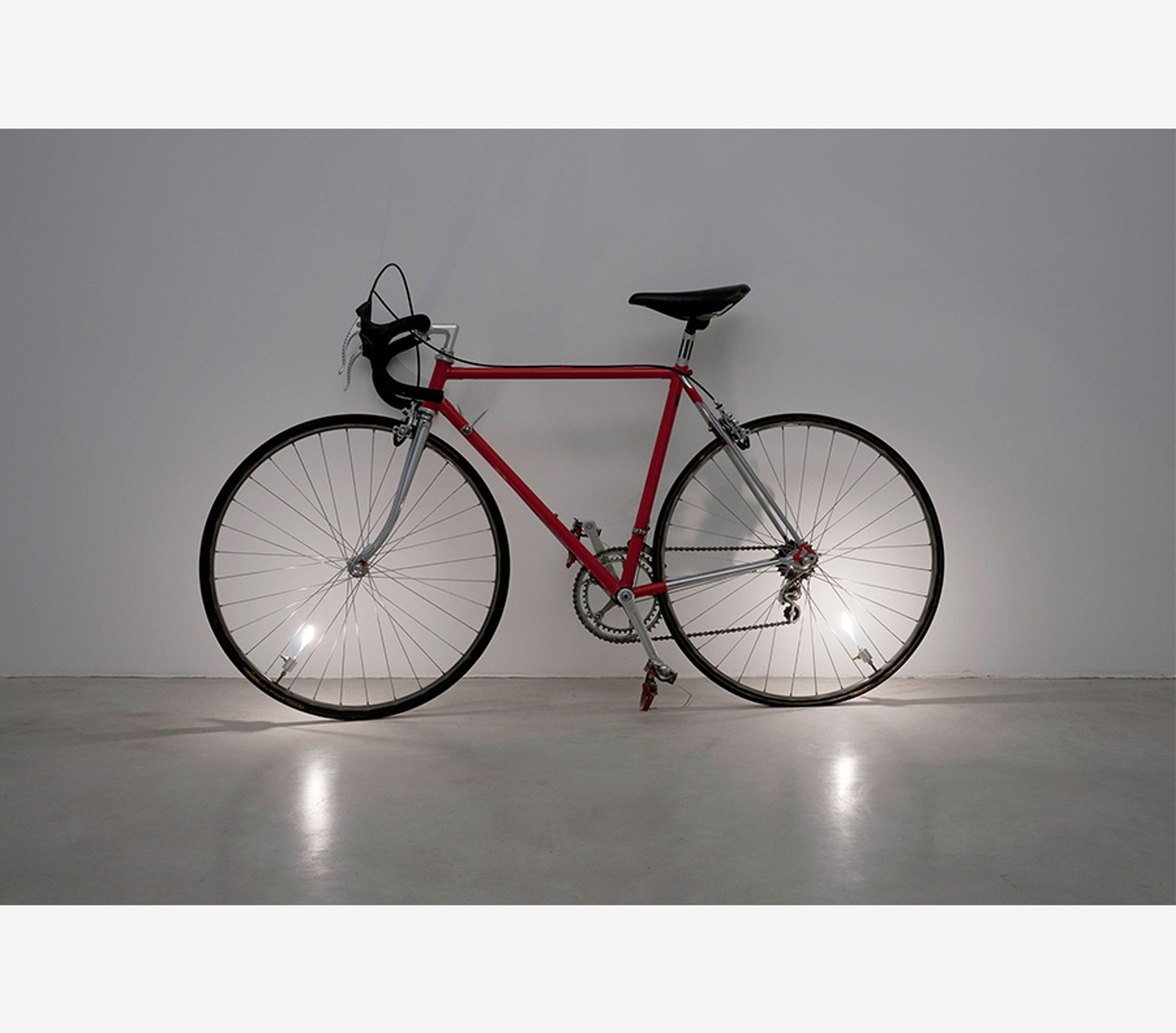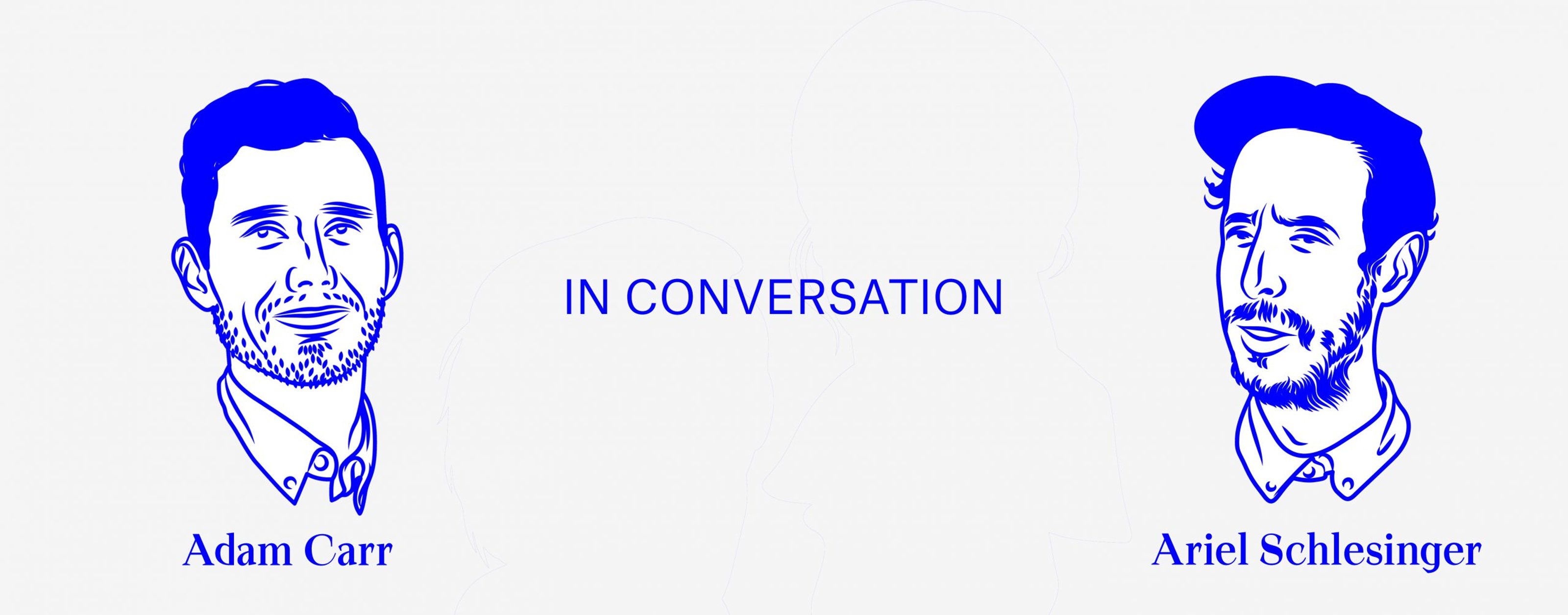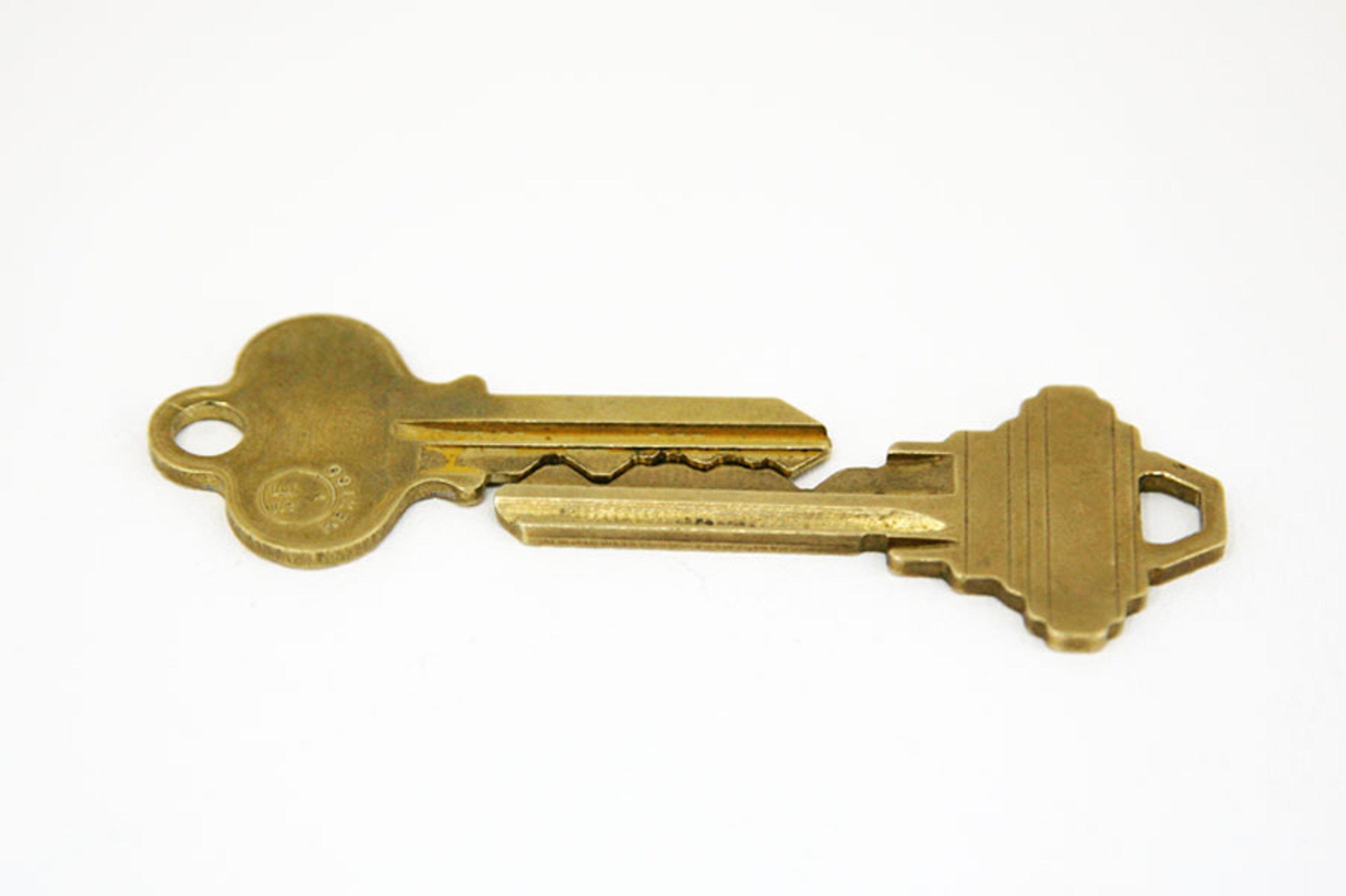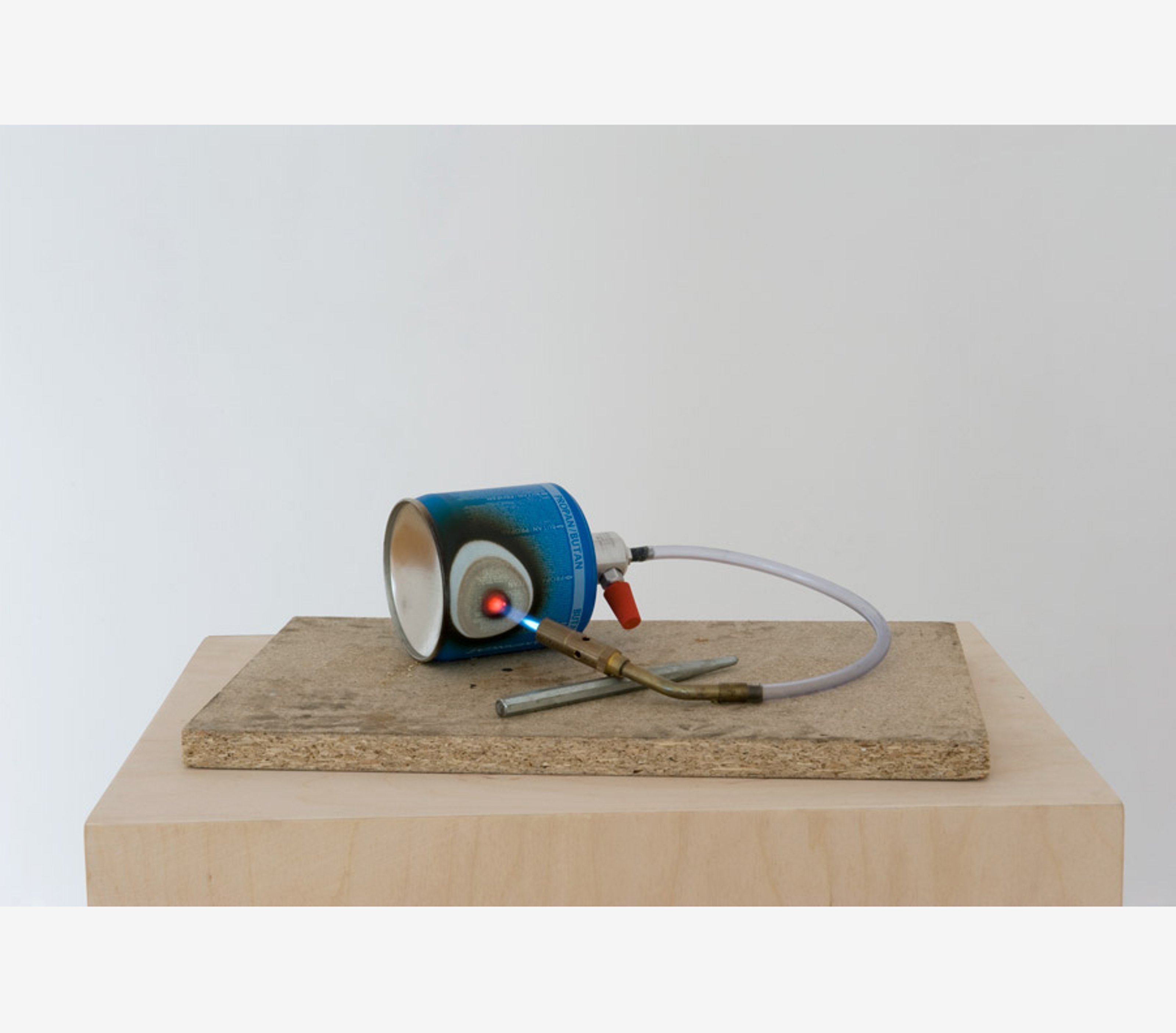

Adam Carr (AC): Your work is a risk and often at risk. It engenders issues of health and safety, and they cause potential threats to the viewer. There is a constant foreboding sense of danger in many of your pieces, yet they also speak about religion, meditation even. The work presented in ‘1-31’, on appearance, looks as though it tells a different story though…
Ariel Schlesinger (AS): True, a lot of my work holds some sense of danger because I am interested in the tangible and fragile verge of collapse. I am interested in processes of transformation. Sometimes transformation can be sad, violent but also subtle and beautiful. The thing is, every once in a while, I try to break out of some predetermined course of making, as if I need to reinvent my process and try to come up with a completely different approach, only to discover the next step was so connected to the previous one. I study how matter behaves, and how things work in a particular way. I disrupt matters and functionality to create another causality, create another possibility – hidden if you like – and many times I create the impossible behavior through the use of poetics. In the works presented here, as present in others, I was trying to produce a closed circuit, some sort of sense of wholeness using two of the same objects. Sometimes, this can be a minimum intervention, like in this work. Two keys with inverted groves make a whole.
AC: Are they functional?
AS: Yes they are fully functional! They work on two different doors.

artwork: Ariel Schlesinger – Oct. 25th, 1985, 2012. Image courtesy Galerija Gregor Podnar
main artwork: Ariel Schlesinger – Untitled (Bicycle Piece), 2008. Courtesy Galerija Gregor Podnar. Photograph: Marcus Schneider

AC: You’ve recently done something else with a key. I am thinking here of the video on your Instagram account, the key door challenge as I call it… could you explain?
AS: Ahhh, well that was a kind of a sketch. I had that image of a door slammed shut on a key that is placed just at the right position, so all is needed is turning it to lock the door. Some of my ideas are harder to turn into physical sculptures so I try to document them and later see what they will turn into.
Ariel Schlesinger on Instagram: “I think I just invented the #keydoorchallenge”
Ariel Schlesinger on Instagram: “I think I just invented the #keydoorchallenge”
AC: We are both at the Art & Design School at Liverpool John Moores University where I teach and where you are in residence. The recent work that you produced which presented at Arco was in many ways a revelation and I just wondered, for the purpose of the readers here, if you could tell me how you came across the idea at LJMU and what the process of the work consisted of. Technically, it appears as though it some of you most sophisticated work made to yet, and yet all of it relies on a technological process that is deliberately hidden away from the viewer…
Ariel Schlesinger on Instagram: “It’s been 5 months ago that a sheet of paper fell of my desk and slid back under it. After a long journey of research and development in Liverpool, now finally my new piece is on view at ARCO.”
Ariel Schlesinger on Instagram: “It’s been 5 months ago that a sheet of paper fell of my desk and slid back under it. After a long journey of research and development in Liverpool, now finally my new piece is on view at ARCO.”
AS: I feel Liverpool is a great city to create in – a secret space where people really take care of one another.
The idea for the work came when a blank sheet of paper – one that was supposed to be a sketch for a new work – fell off my desk at the University, it fell and slid back under it. This was really memorizing. I then decided that this should be investigated. The process was long, and it took me the next 5 months to build a machine that will repeat that fall exactly in the same way, over and over again. It was actually quite fun, I had to understand all the forces that come into play when paper falls. I enjoyed the process and the university is the perfect environment to be a sort of crazy scientist with all the facilities that are there.
artwork: Ariel Schlesinger – Untitled (Gas Loop) No.1, 2011. Courtesy Galerija Gregor Podnar.
End.
This interview is part of a series of special features for the exhibition ‘1-31’ curated by Adam Carr.